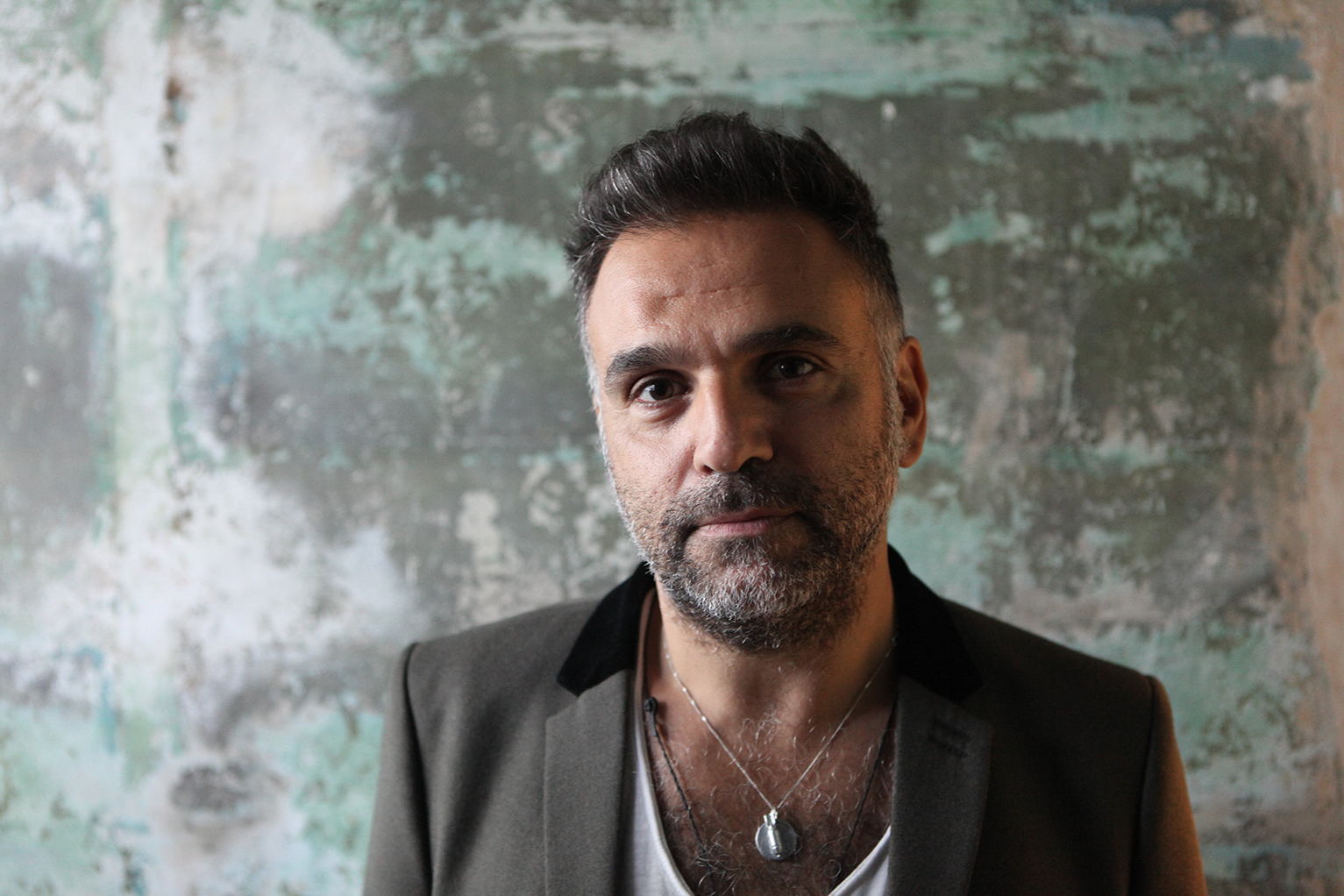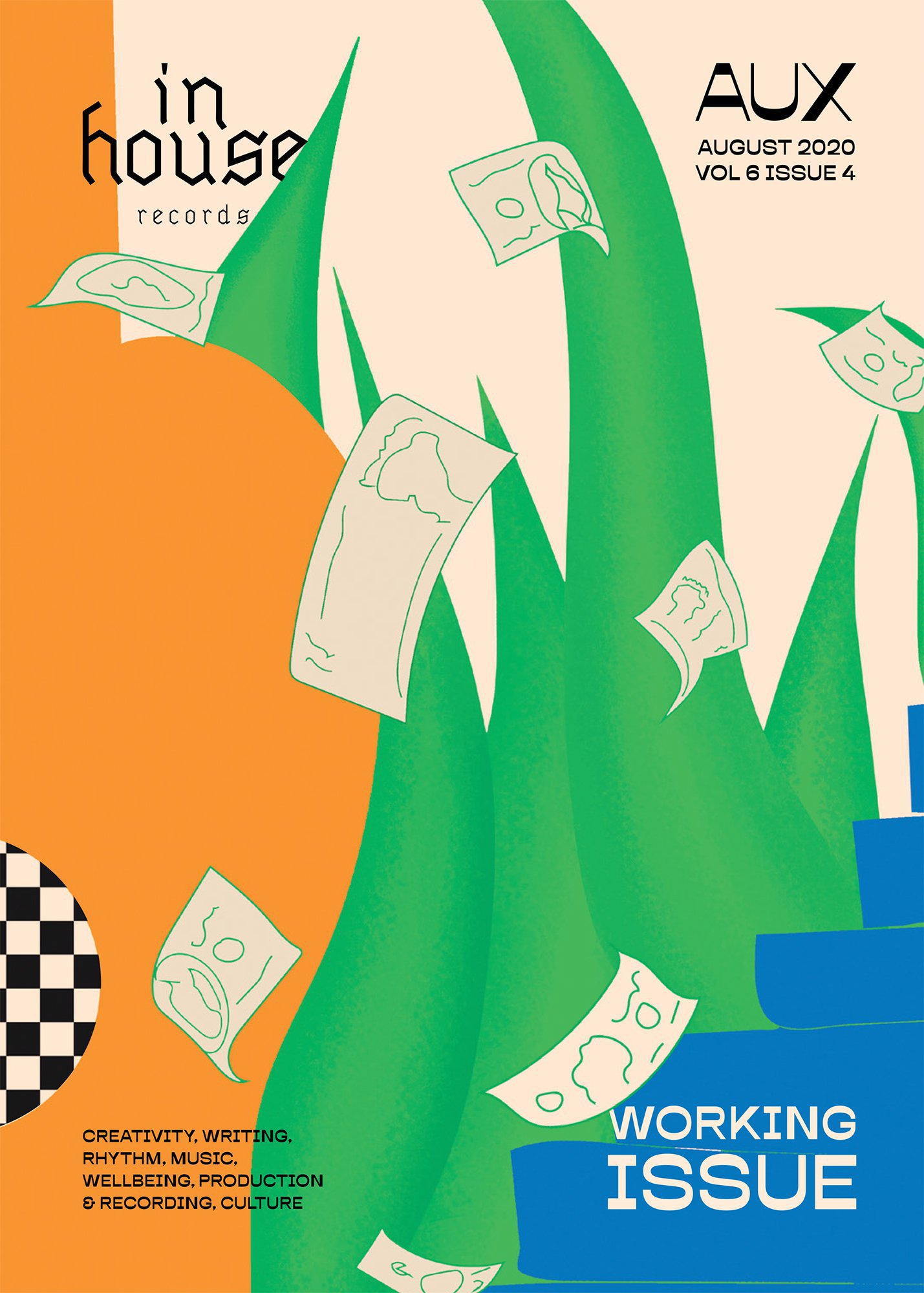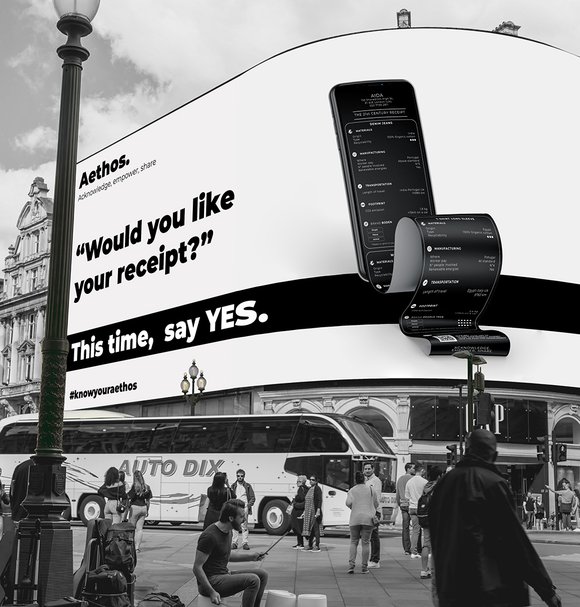Key details
Date
- 24 September 2020
Author
- RCA
Read time
- 3 minutes
Judah Armani (MA Service Design, 2018) set up award winning social initiative InHouse Records while studying at the RCA. The record label operates in and out of UK prisons, with Her Majesty's Prison & Probation Service & The Ministry of Justice, to provide safer communities, less victims of crime and reduce re-offending.

The scheme has been a resounding success, increasing positive behaviour within prisons where it operates by 428 per cent and with a re-offending rate amongst participants of less than 1 per cent.
Alongside InHouse, Judah is an associate fellow at the Centre for Complexity at the Rhode Island School of Design (RISD), where he is also working on a 12-month project exploring interdependency. We spoke with him about InHouse and how his time at the RCA shaped his approach to designing for social change.
How does InHouse work?
It’s the most elaborate trojan horse I’ve ever created. It functions like a record label – its distribution is through Universal Records and its publishing is through Sony, we provide studio opportunities and routes to have music released, and its validated by Ernst and Young – but the reality is, it’s an applied design approach to systemic change. While the outside of the horse looks like a record label, the inside is a safe and enabling environment to nurture and empower dialogic skills, or what we call competencies: communication, adaptability and accountability.

“Without the RCA, without that time studying Service Design, I would not have created InHouse.”
Before coming to the RCA you were working on social change. What attracted you to return to study?
I’d just finished a decade of working in homelessness. Reflecting back, I felt that I’d failed. The impact that, naively and arrogantly, I thought I was going to achieve never materialised. I needed some new design skills and new approaches, but equally I needed to know about sacrifice, honesty and how to engage.
Around that time, I came across the book The Design London Story, about the RCA and Imperial College London applying design to business innovation. I read the book from cover to cover and thought it was incredible. It was all headed up by Nick De Leon. I knew I wanted to be taught by him and found out he ran MA Service Design at that point.
What impact did that have?
Without the RCA, without that time studying Service Design, I would not have created InHouse. Not only did I learn new skills, more importantly I learnt how to nurture and develop my practice. I learnt how to create a process, methodology, and the principles of my practice. The RCA became the oasis for me in what was a very long and tiring desert.

It wasn’t just Service Design – it was everything around the culture of the College. It was a place where curiosity was absolutely encouraged, without limit and without borders, that was a very appealing place to be. I was very fortunate that I came to the RCA as a mature student. I was so grateful to be there; I was just hungry. I saw everything as an opportunity, and that’s what allowed me to springboard and create those meetings with the Ministry of Justice and others. With the RCA you’ve got a badge that opens doors.
How has InHouse dealt with Covid-19 restrictions?
For 23 hours and 40 minutes each day during lockdown the men are locked up with very little to engage with. So InHouse pivoted and became a learning platform called Continuum. We print an A5 booklet every week with themed boxsets. There’s also around 200 hours of audio and 500 hours of video tutorials that accompanies the learning.
I also decided to create a music magazine called Aux, which we distribute every week for the general prison population. It focuses on genres of music we know the guys love, but within every article there are suggestions for them to do. This made them want to learn to play guitar, so I spoke to Fender, who donated 100 guitars that we distributed across the prisons.
Pre lockdown we were working with a few hundred people every week; now we are working with 3,000 people every week. Literacy has gone up, they are positively engaged and they are also learning skills.
What else have you got coming up?
I’m very excited that InHouse is going to the States. We’ll start with the magazine in 12 correctional facilities in Connecticut, but with the idea that we can gear up to doing what we do there. I’m also working with the Design Against Crime research team at Saint Martins to create a transformational toolbox for prisons that will enable governors, prison managers and prisoners to design their own curriculum relevant to that prison.

